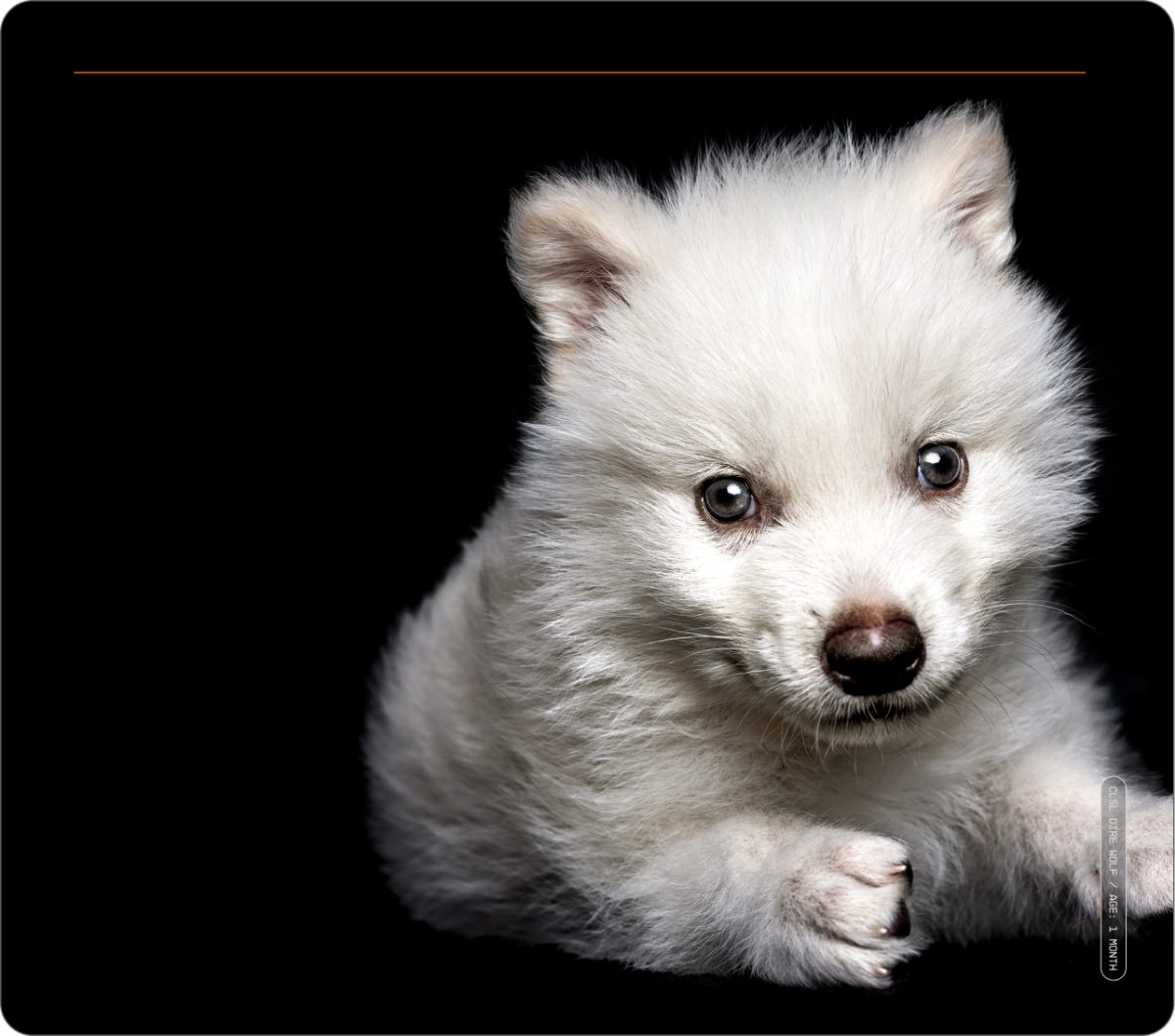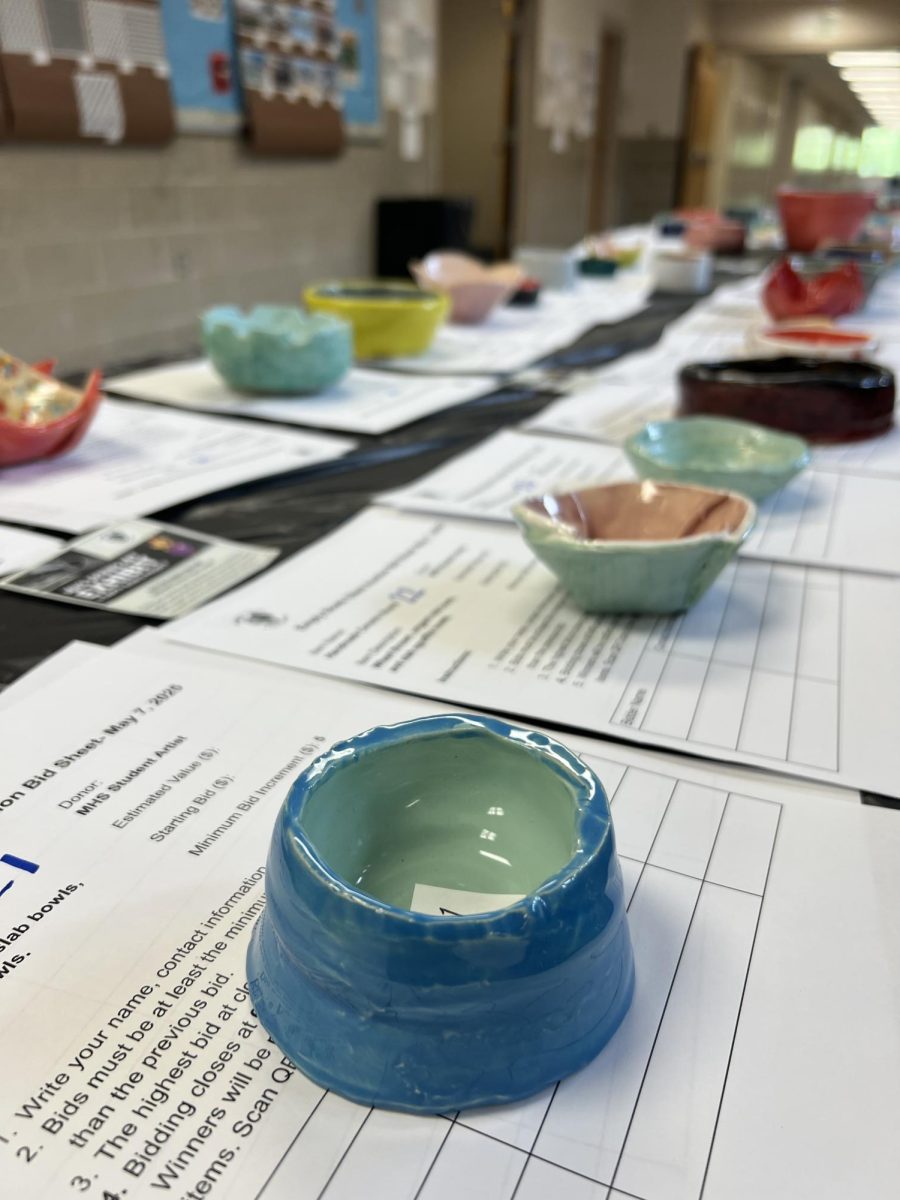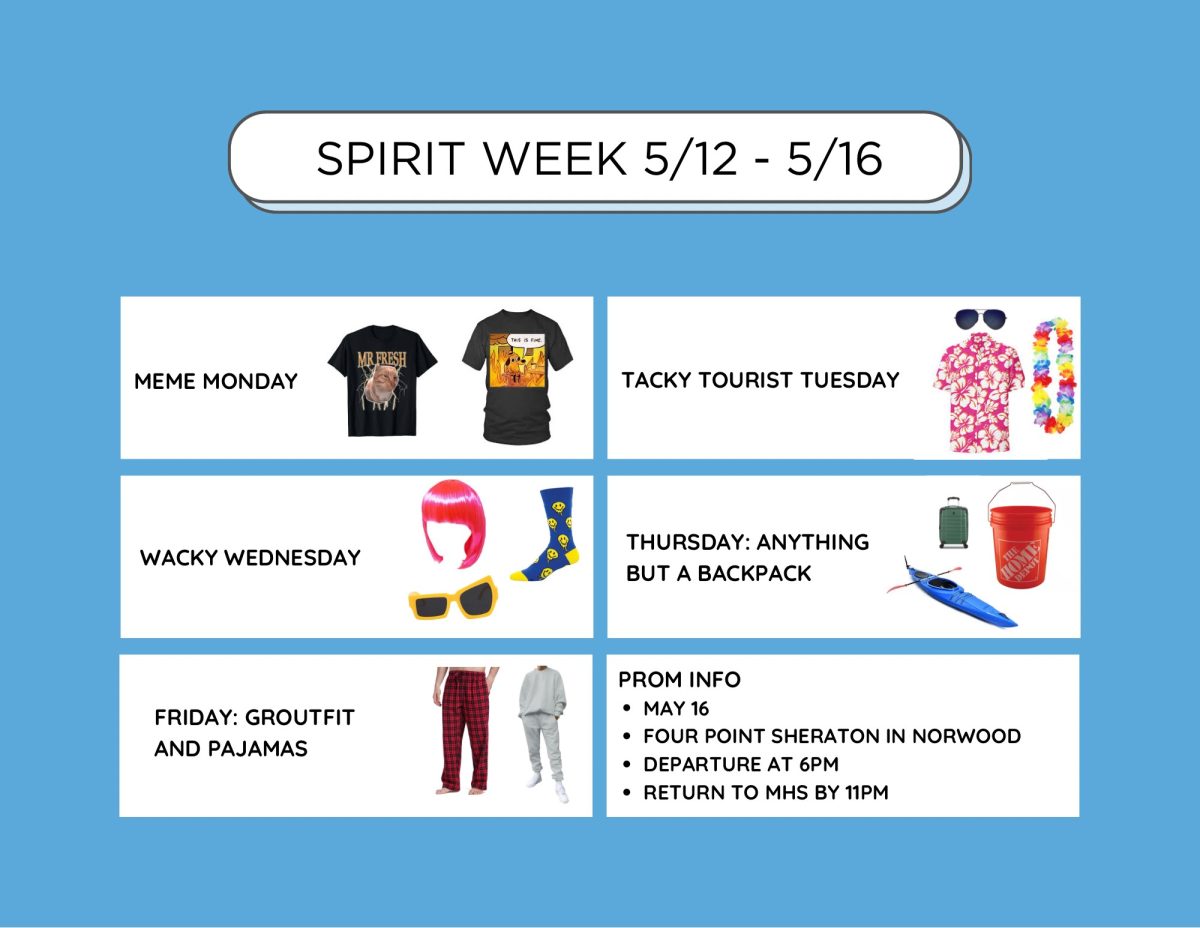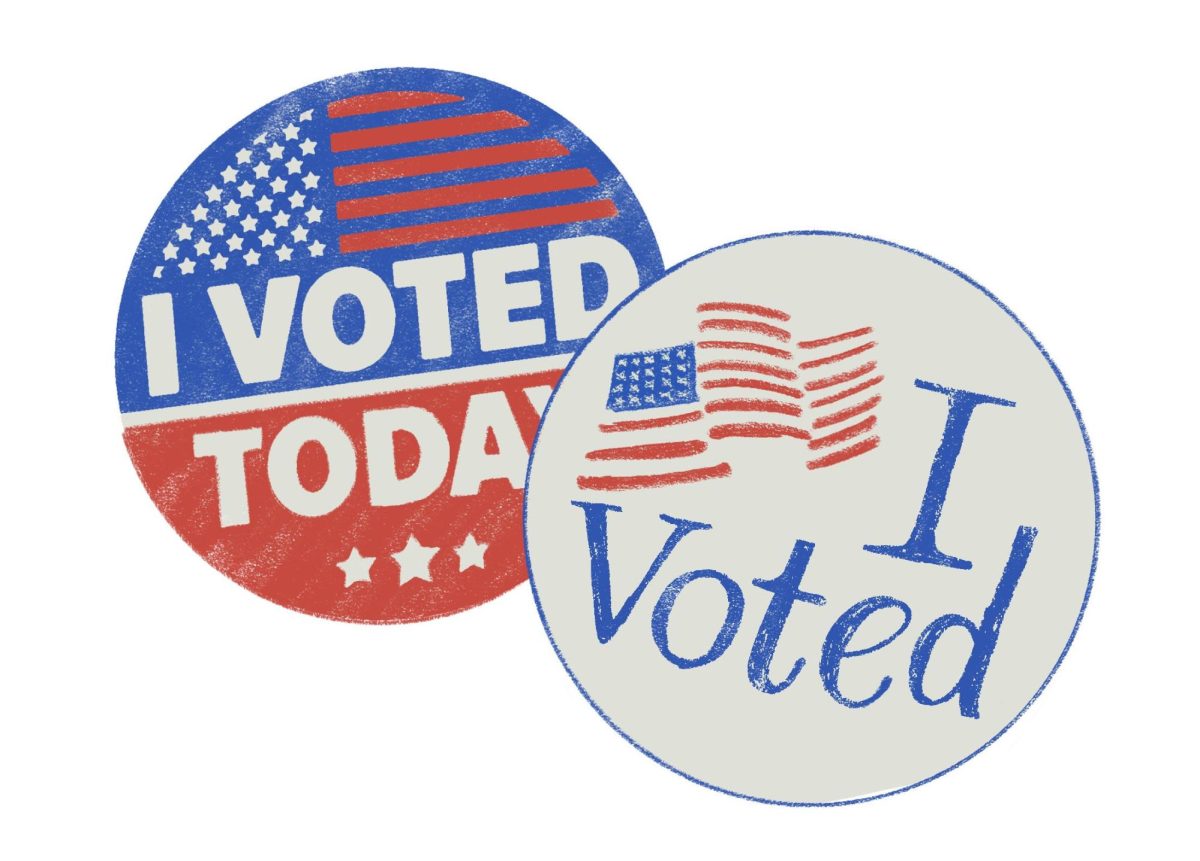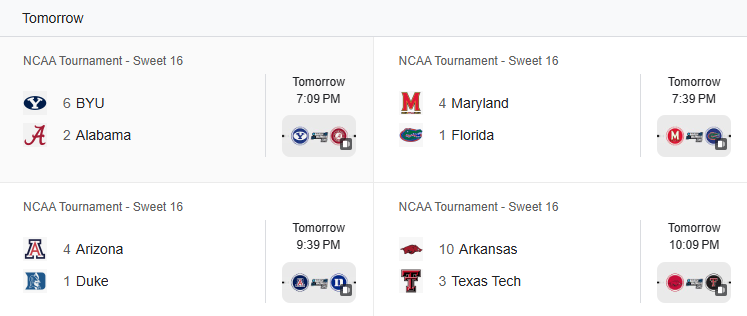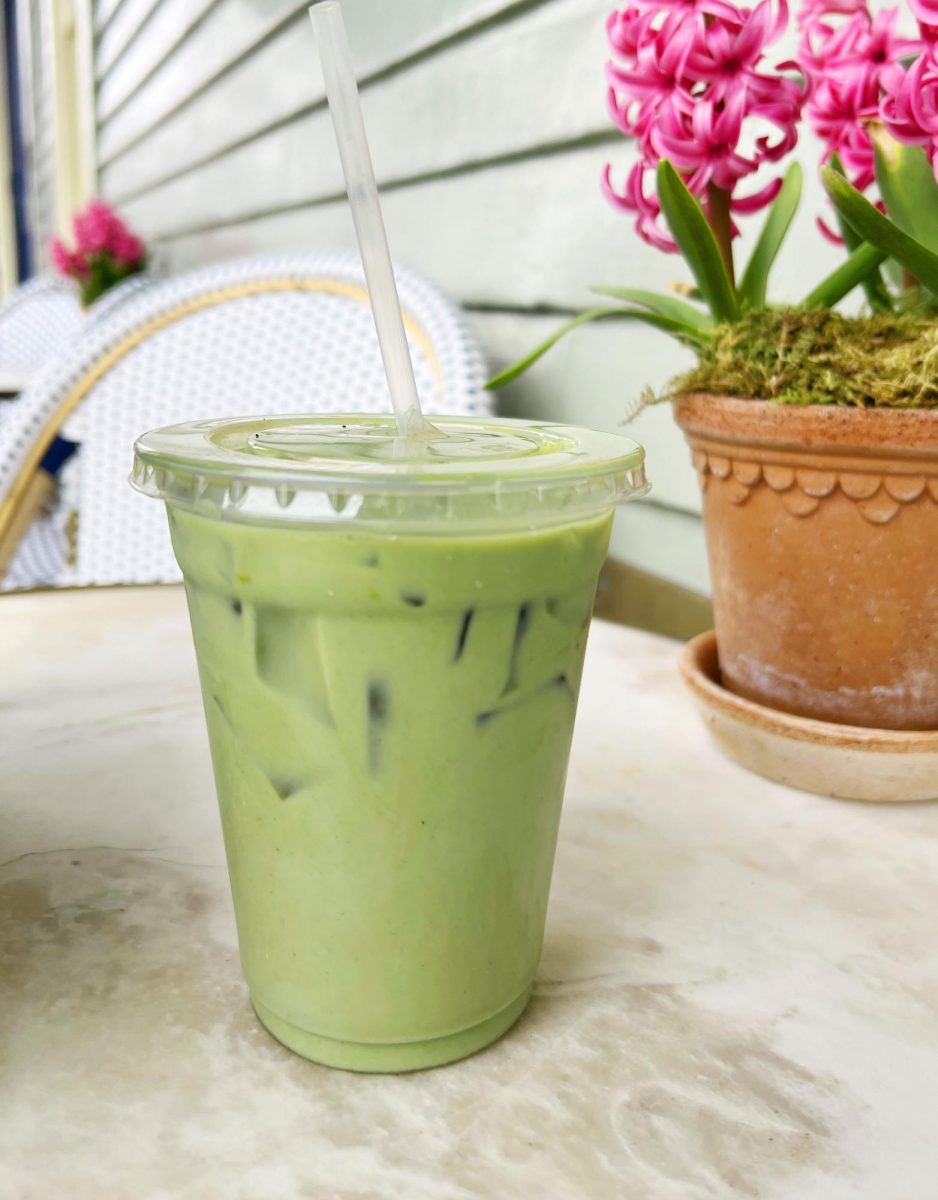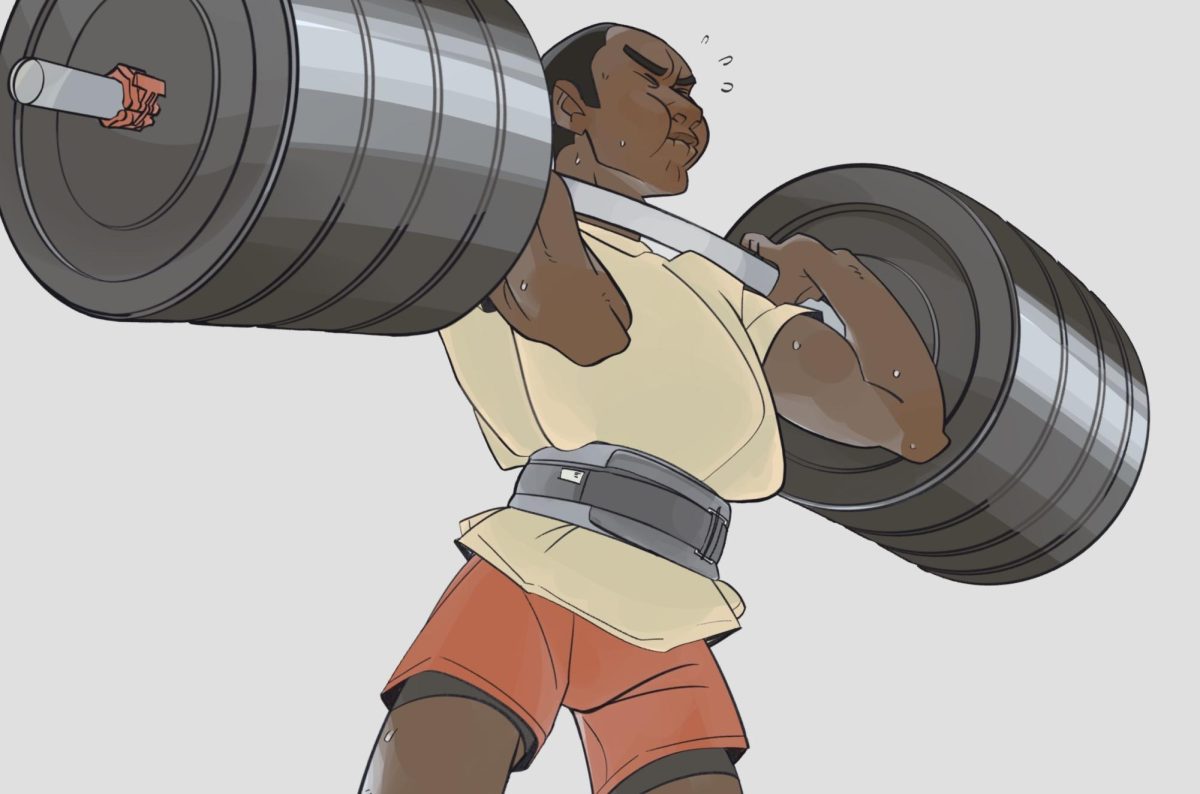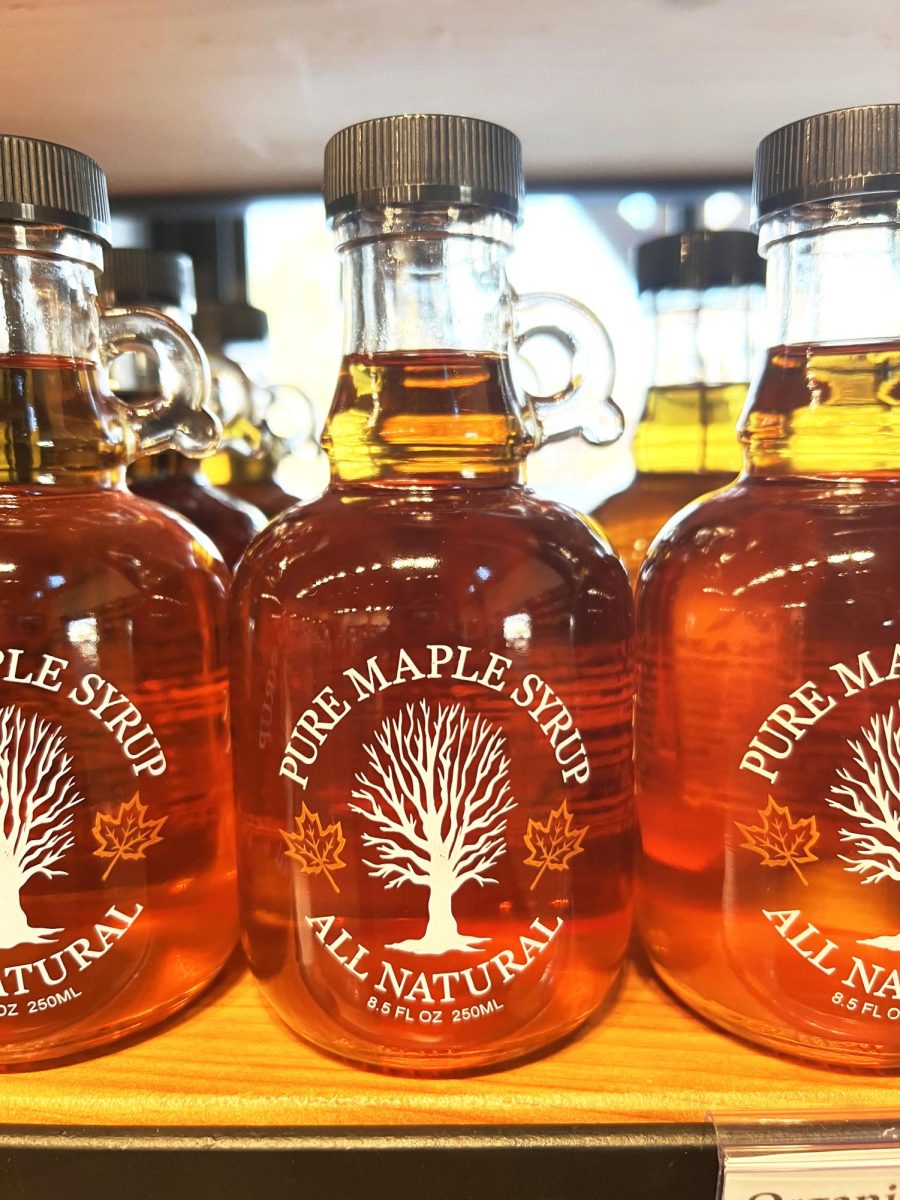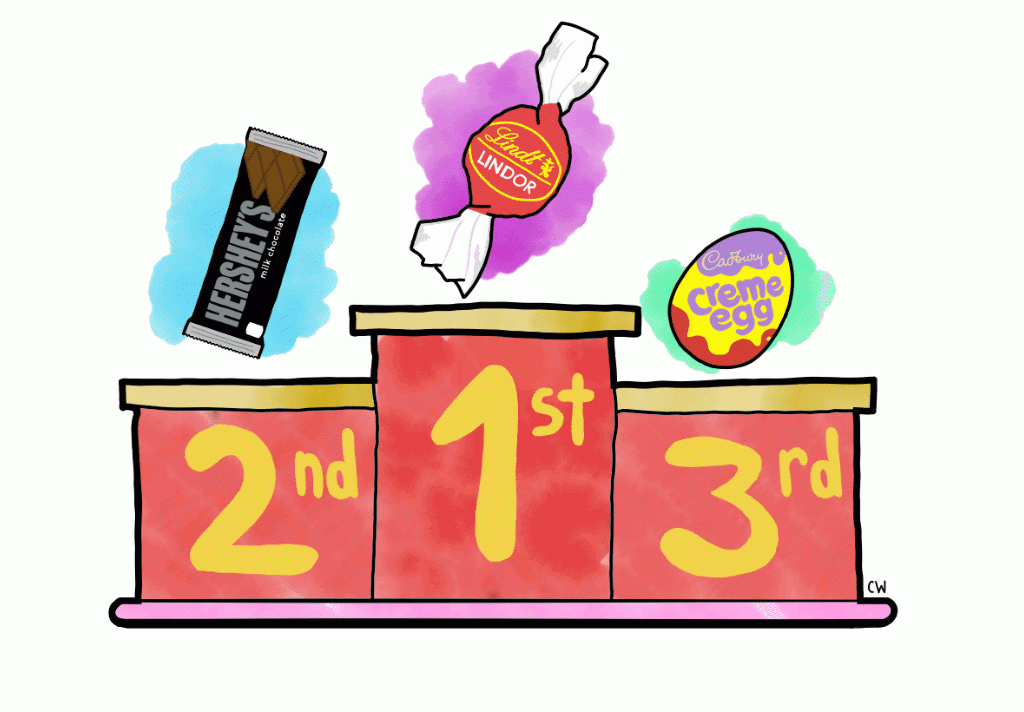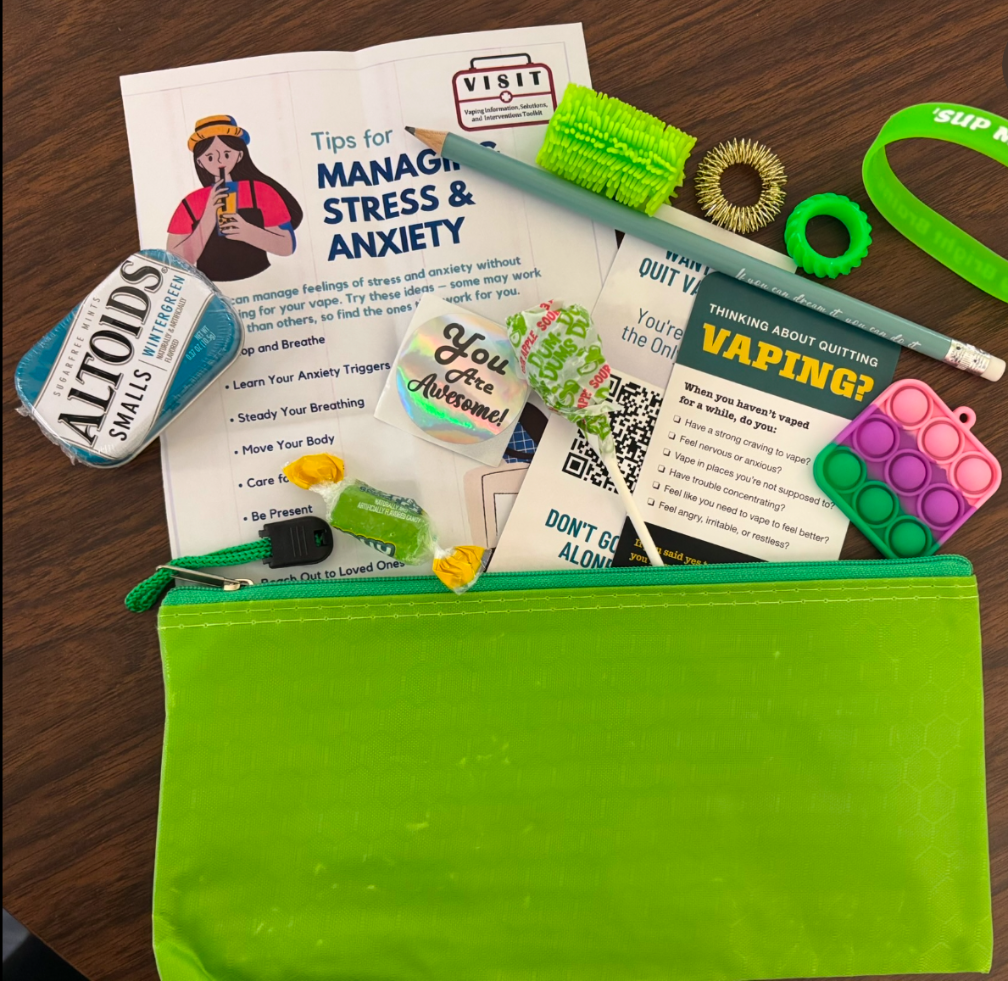What Is Matcha?
Matcha is a Japanese green tea powder. It comes from the same plant as other caffeinated tea, Camellia sinensis, but unlike other tea, the plant is shaded from excessive sunlight. The shade allows the plant to produce more amino acids, chlorophyll, and theanine. When the leaves are harvested, they are ground into a fine powder.
Though matcha is now the new trendy drink in the United States, it has a complex history that dates back to the 7th century in China. During the Tang Dynasty, leaves were steamed to form bricks for ease of transportation. These tea bricks were prepared by pulverizing the leaves and then mixing the powder with water and salt. But it wasn’t the Tang Dynasty that is credited with the popularity of the drink. During the Song Dynasty, a Buddhist Monk named Eisai brought tea seeds and unique tea preparation methods to Japan. At the time, matcha was produced in extremely small quantities and was considered a luxurious status symbol. After Eisai’s return to Japan, Zen Buddhists developed a new way of cultivating the plant, with minimal sunlight, a method that is credited to giving matcha its health benefits.
Matcha vs. Green Tea
Matcha is a type of green tea that is grown in shaded conditions. It tends to be richer in flavor than green tea and has a lengthier preparation process than just steeping a tea bag in some water. Since matcha is a finer version of green tea, it has about double the caffeine that green tea has. As for flavor, people often describe matcha as having a grassy, bitter flavor that can be slightly sweet, whereas green tea has a fresh and floral flavor.
Matcha’s Health Benefits
Though research on matcha is not definitive, experts claim matcha does contain potentially beneficial compounds such as antioxidants, L-theanine, and caffeine.. Due to the concentration of matcha, it is high in antioxidants which can lead to reduced risk to cancer and heart disease. L-theanine is an amino acid that has the potential to reduce stress and improve cognitive performance. However, its benefits are still largely unknown. In comparison to coffee, matcha has about 70 mg of caffeine per cup compared to coffee’s 90-200 mg of caffeine. Though it has less caffeine, it may be a great alternative to those who wish to wake up in the morning without the jitters or anxiety excessive caffeine can bring on. Additionally, those who struggle with caffeine addiction may benefit from matcha to reduce withdrawal symptoms such as headaches and irritation without the use of coffee.
Trendy Tea
Matcha has gained popularity over the years for its unique flavor, color, and flavor combinations. Cafes have popularized the drink by combining it with syrups to create new flavors such as Blank Street’s Strawberry Shortcake Matcha, Starbucks’ Lavender Cream Oat Milk Matcha, and Nitro Bar’s Blueberry Matcha.
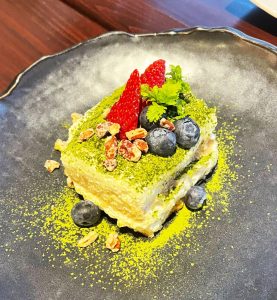
Another popular trend over on the West Coast is to combine matcha with a vanilla milkshake from burger chain In-n-Out. The milky, sweet combination of the milkshake paired with the bitter, earthy matcha makes for a great treat on a spring day.
In addition, to drink trends, matcha can also be incorporated into baked goods to create flavors such as matcha tiramisu, strawberry matcha brownies, matcha cheesecake, and so much more.
How Can I Make My Own Matcha?
Traditionally, matcha is made with a special bamboo whisk. The whisk has several delicate prongs that expand when exposed to hot water. Whisks usually retail online for about 15-20 USD, but matcha can still be made without a whisk.
Ingredients:
1 teaspoon matcha
4 ounces of hot water
8 ounces of milk of choice (iced or hot depending on personal preference)
Sweetener to taste
- Place matcha, water, and sweetener into a plastic container that can be sealed with a lid
- Shake the container vigorously until the matcha becomes frothy
- Pour the matcha mixture into the milk
- Stir to combine
Resources:


